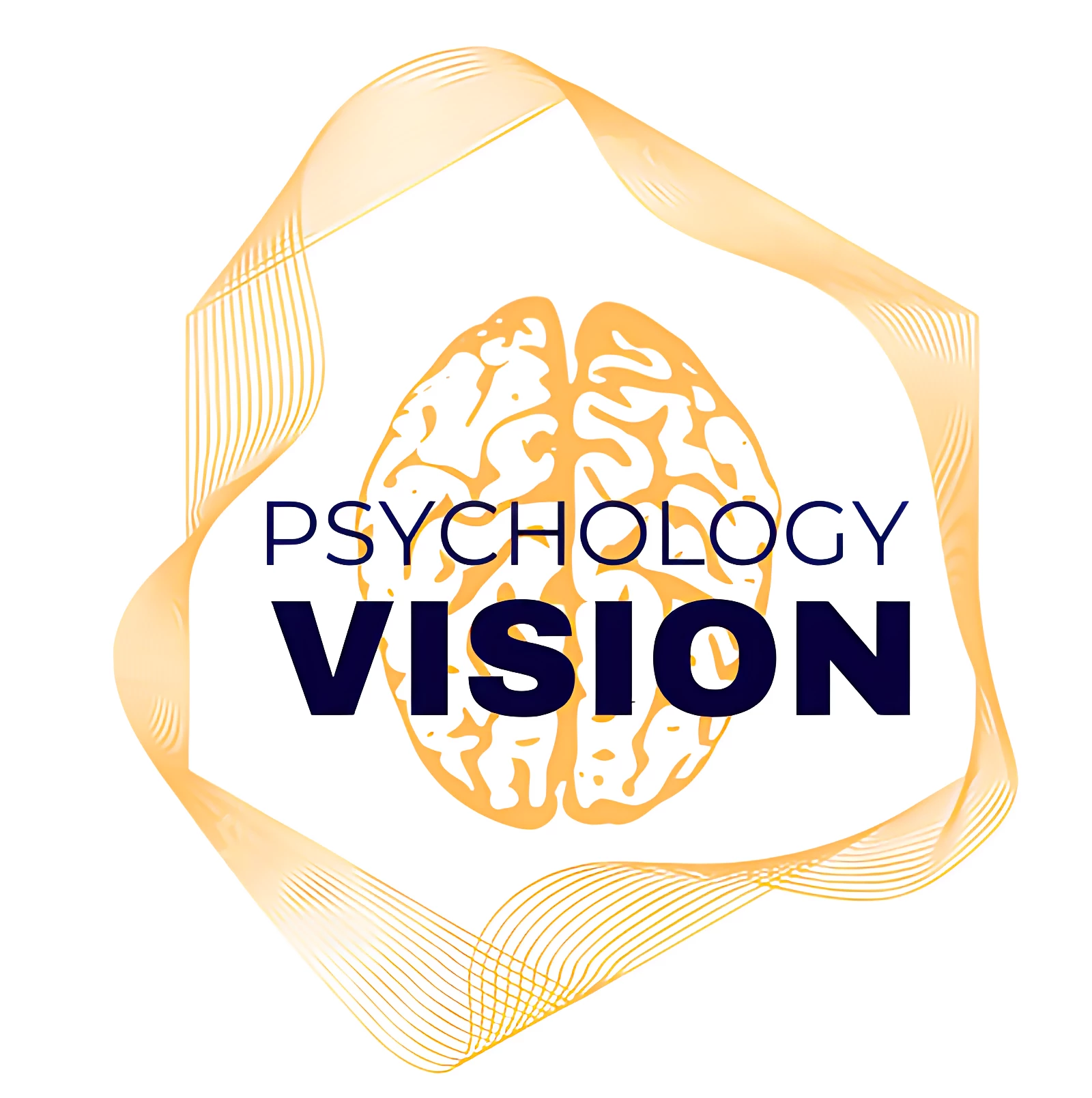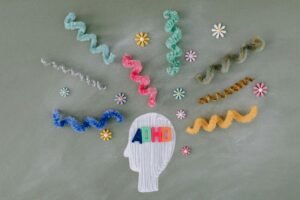What is Down Syndrome?

Down syndrome, also known as Trisomy 21, is a genetic disorder that arises from the presence of an extra chromosome 21 in a person’s genetic makeup. In a typical human karyotype, there are 46 chromosomes, organized into 23 pairs. However, individuals with Down syndrome have three copies of chromosome 21, leading to various physical and cognitive characteristics associated with the condition. This additional genetic material results from a random error during the formation of reproductive cells, either in the egg or sperm, which is referred to as nondisjunction.
The prevalence of Down syndrome is approximately 1 in 700 live births, although this ratio can vary across different populations and geographical locations. Factors influencing this prevalence may include maternal age, as the likelihood of having a child with Down syndrome increases for women over the age of 35. Thus, understanding the genetic basis of this condition is crucial for healthcare professionals and families alike.
Characters commonly associated with Down syndrome include distinct facial features, such as a flat facial profile, slanted eyes, and a protruding tongue. Alongside these physical indicators, individuals with Down syndrome may experience varying degrees of intellectual disability and developmental delays. However, it is essential to recognize that each person with Down syndrome is unique, possessing a diverse set of abilities and characteristics that go beyond the limitations imposed by the disorder.
Awareness and education about Down syndrome can promote understanding and acceptance within communities. By fostering compassion and support for individuals with this genetic condition, society can play a significant role in enhancing their quality of life. This knowledge not only benefits families directly affected by Down syndrome but also promotes inclusivity and respect across all social contexts.
The Genetic Mechanics of Down Syndrome
Down syndrome is primarily caused by chromosomal abnormalities resulting from the presence of an extra copy of chromosome 21. This condition, known scientifically as Trisomy 21, arises during the process of cell division, specifically through a mechanism called non-disjunction. Non-disjunction occurs when chromosomes fail to separate properly, leading to gametes with an abnormal number of chromosomes. When such a gamete participates in fertilization, the resulting zygote will possess three copies of chromosome 21 instead of the typical two. This additional genetic material affects normal development and is responsible for the clinical features associated with Down syndrome.
In addition to the classic Trisomy 21, there are two other types of Down syndrome: translocation Down syndrome and mosaic Down syndrome. Translocation occurs when part of chromosome 21 breaks off and attaches to another chromosome during cell division. This rearrangement can lead to an overall normal chromosomal count, as the total number of chromosomes remains 46. However, it still results in an individual having extra chromosomal material from chromosome 21, leading to the characteristics associated with the syndrome. Individuals with translocation Down syndrome may have a slightly different set of implications compared to those with Trisomy 21, especially related to inheritance since this type can be passed from a carrier parent to offspring.
Mosaic Down syndrome, on the other hand, is characterized by a mix of cells, some having the typical 46 chromosomes while others exhibit the extra chromosome 21. This mosaicism typically results from nondisjunction occurring after fertilization—a process that can lead to a more variable presentation of symptoms compared to the other forms. The biological diversity in mosaic Down syndrome can lead to a range of functional abilities and physical features, highlighting the complexity of this genetic condition.
Common Symptoms of Down Syndrome

Down syndrome, a genetic disorder caused by the presence of an extra chromosome 21, is characterized by a variety of physical and developmental symptoms. One of the most recognizable aspects of this condition is its distinct facial features. Individuals with Down syndrome typically exhibit a flat facial profile, resulting from underdeveloped nasal structures, and slanted eyes, often accompanied by an epicanthic fold, which is a skin fold at the inner corner of the eye. These characteristics can vary significantly among individuals yet remain common indicators.
In addition to physical traits, there may also be associated health issues. Congenital heart defects are prevalent among those with Down syndrome, impacting approximately 40-50% of affected individuals. These heart conditions can range from simple defects, which may not require surgical intervention, to more complex issues necessitating early surgical procedures. Furthermore, gastrointestinal problems, including duodenal atresia and Hirschsprung disease, can also occur, emphasizing the need for medical monitoring and care.
Cognitive disabilities and developmental delays are fundamental aspects of the condition as well. Many individuals with Down syndrome experience mild to moderate intellectual disability, often manifesting as delayed speech and language skills, along with learning disabilities. Despite these challenges, it is crucial to recognize the broad spectrum of abilities among individuals with Down syndrome. Many lead fulfilling lives, engaging in education, work, and social activities. Early intervention programs, designed to address developmental milestones, can significantly enhance their communication skills, social abilities, and overall quality of life.
Recognizing and understanding these common symptoms can lead to more informed approaches to care and support for those living with Down syndrome, ultimately promoting their well-being and inclusion in society.
Physical Characteristics of Individuals with Down Syndrome
Individuals with Down syndrome exhibit a range of unique physical characteristics that help distinguish them from individuals without this genetic condition. The most commonly recognized features include a shorter stature, stocky build, and distinct facial characteristics. These traits can vary significantly from one individual to another, but certain patterns tend to emerge among a large majority.
One notable characteristic is a shorter height in individuals with Down syndrome, which often results from delayed growth patterns. Alongside this, individuals typically have a stocky body type, characterized by a wider girth and shorter limbs. This combination can impact overall mobility and may necessitate adjustments when engaging in various physical activities.
Facial features play a significant role in the identification of Down syndrome. Common traits include a flat facial profile, slanted eyes that often resemble an almond shape, and a small mouth that tends to be slightly open in a relaxed position. Furthermore, the presence of a single transverse palmar crease, also known as a simian line, is a distinctive anatomical trait that can be observed in many individuals with this condition. This feature, along with other hand and finger traits, such as shorter fingers and a gap between the first and second toes, further supports the unique physical presentation of Down syndrome.
While these characteristics may be prevalent among individuals with Down syndrome, it’s essential to emphasize that each person is unique. The degree to which these physical traits are expressed can vary. For some, the traits may be more pronounced, affecting their interactions in daily life, including their self-image and how they are perceived by others. It is crucial to approach these physical characteristics with sensitivity and consideration, as each individual has their own strengths, challenges, and personal journey.
Developmental Milestones and Challenges
The developmental trajectory for children with Down syndrome showcases a variety of milestones that can often differ from those of typically developing children. While each child with Down syndrome is unique, certain skills such as sitting, walking, and talking generally appear within specific timeframes, although variations are common. For example, many children with Down syndrome may learn to sit independently between 6 to 12 months, crawl around 9 to 15 months, and take their first steps between 12 to 24 months. These milestones, while significant, may be achieved later than their peers, and therefore, it is crucial to approach their progress with patience and understanding.
Communication development represents another important area in which children with Down syndrome may encounter challenges. Many begin to say their first words between 12 to 24 months, but the complexity and clarity of speech typically develop at a slower pace. Social interactions may also evolve at a different rhythm, with children often showing interest in social engagement but also needing additional support in navigating these interactions. Support from caregivers plays an essential role in fostering these skills and promoting confidence.
It is important to recognize the specific challenges that children with Down syndrome may face throughout their development. These can include delays in motor skills, difficulties in speech and language, and challenges with social-emotional growth. Early intervention programs are vital in addressing these challenges, focusing on personalized support to nurture essential developmental skills. Such interventions can significantly improve outcomes, enabling children with Down syndrome to achieve their full potential. Additionally, collaboration among healthcare providers, educators, and families promotes a cohesive and supportive environment conducive to learning and growth.
Health Issues Related to Down Syndrome
Individuals with Down syndrome may face a range of health issues that can impact their overall well-being. One of the most prevalent concerns involves congenital heart defects, which are found in approximately 40-50% of newborns with Down syndrome. These heart conditions can vary in severity and may require surgical intervention shortly after birth. Early diagnosis and continuous monitoring by a cardiologist are crucial in managing these heart-related complications, allowing for timely treatment and better health outcomes.
Vision problems are also commonly observed in individuals with Down syndrome. They are susceptible to various issues, including strabismus (crossed eyes), refractive errors such as nearsightedness or farsightedness, and cataracts. Regular eye examinations are essential to address these vision impairments and ensure that support mechanisms, including corrective lenses or surgery, are put in place to enhance visual acuity.
Another significant area of concern is hearing loss, which can affect nearly 75% of children with Down syndrome. This can stem from middle ear infections or structural abnormalities of the ear. Routine hearing assessments are vital to detect auditory issues early, thereby facilitating interventions like hearing aids or, in some cases, surgical procedures.
Thyroid conditions also pose a risk, particularly hypothyroidism, which is detectable through routine blood tests. This condition can lead to various symptoms, including fatigue, weight gain, and developmental delays. Thus, regular screening for thyroid function is recommended as part of medical surveillance in individuals with Down syndrome.
In summary, individuals with Down syndrome may experience a variety of health issues that necessitate ongoing medical attention. Regular check-ups and screenings are imperative for early detection and management of these conditions, ensuring that individuals with Down syndrome lead healthier and happier lives.
Education and Support for Individuals with Down Syndrome
Education and support for individuals with Down syndrome are paramount in facilitating their personal growth and development. Inclusive education plays a crucial role in ensuring that children with Down syndrome have access to the same learning opportunities as their typically developing peers. This approach fosters social interactions and helps to cultivate empathy and acceptance within the classroom environment. It encourages a sense of belonging and helps to reduce stigma associated with disabilities.
In many cases, special education services become necessary to accommodate the distinct learning needs of individuals with Down syndrome. These services may include individualized education programs (IEPs) that outline specific goals and actions tailored to each student. Such programs often incorporate strategies that emphasize skill-building in areas where a student may struggle, such as communication or social skills. Educators trained in special education can significantly enhance the effectiveness of these strategies by utilizing adaptive teaching techniques and differentiated instruction to engage students meaningfully.
Therapies, including speech therapy and occupational therapy, serve as critical components of the support system for individuals with Down syndrome. Speech therapy can enhance communication skills, aiding individuals in expressing themselves more effectively and confidently. Occupational therapy, on the other hand, focuses on improving daily living skills and enhancing fine motor abilities, which are vital for achieving independence. Both therapies contribute to a holistic approach in meeting developmental milestones.
Moreover, the role of families, educators, and communities cannot be overstated. Families provide the initial support system and encouragement that are essential for their loved ones’ flourishing. Educators are charged with implementing effective teaching strategies and fostering an inclusive atmosphere. Communities can create a nurturing environment by promoting awareness and understanding, thus paving the way for successful interactions and relationships. Through collaborative efforts, optimal learning outcomes for individuals with Down syndrome can be achieved, ultimately empowering them to lead fulfilling lives.
Advocacy and Awareness for Down Syndrome
Advocacy and awareness play a crucial role in enhancing the lives of individuals with Down syndrome and their families. Various organizations dedicated to this cause work tirelessly to promote understanding and acceptance within society. These initiatives often include educational programs aimed at dispelling myths and combating stereotypes associated with Down syndrome. By providing accurate information, these organizations help shift public perceptions and foster a more inclusive environment.
Numerous advocacy groups, such as the National Down Syndrome Society (NDSS) and the Global Down Syndrome Foundation, offer resources and support for families navigating the complexities of Down syndrome. They provide vital information on medical care, educational resources, and social services, ensuring that families are equipped with the tools they need to advocate effectively for their loved ones. Additionally, these organizations organize events, awareness campaigns, and community outreach efforts to elevate public knowledge and understanding of Down syndrome.
Moreover, raising awareness is essential in promoting acceptance and reducing discrimination. Community involvement in activities like Down Syndrome Awareness Month helps highlight the abilities and contributions of individuals with Down syndrome. Such initiatives encourage individuals to appreciate diverse perspectives and abilities, reinforcing the idea that everyone has a unique role to play in society.
Readers can contribute to advocacy efforts by volunteering with local organizations, participating in awareness campaigns, or engaging in conversations about Down syndrome. Sharing personal stories and experiences fosters a deeper understanding among peers and helps challenge misconceptions. It is imperative that society embraces diversity and supports initiatives that empower individuals with Down syndrome, ensuring they receive the respect, opportunities, and acceptance they deserve.
Living with Down Syndrome: Personal Stories
Sharing personal narratives from individuals with Down syndrome and their families provides valuable insights into the unique experiences and challenges faced throughout their lives. These stories reveal not only the particular difficulties they encounter but also the triumphs and aspirations that define their daily realities. Each individual’s journey is distinct, characterized by varying levels of abilities and support, but united by a common thread of resilience and strength.
One notable story comes from a young woman named Sarah, who has Down syndrome. Sarah has always been passionate about art and has pursued her dream of becoming a professional painter. Through sheer determination and the support of her family, she has exhibited her work in several local galleries. Sarah’s art showcases her perspective on life, and she holds workshops for children, helping them to express their creativity. Her story exemplifies that individuals with Down syndrome can achieve their dreams and contribute positively to their communities.
Another powerful account is that of a father, John, who shares his experience raising his son, Ethan, who has Down syndrome. John discusses the initial challenges they faced, including navigating educational systems and dealing with societal misconceptions. However, he highlights the profound joy and perspective Ethan has brought to their family. He notes that the family has learned many lessons about patience, inclusion, and unconditional love, which have enriched their lives immeasurably.
These narratives serve to foster understanding within the broader community, breaking down barriers and dispelling myths about Down syndrome. By amplifying these voices, we create a deeper awareness of the diverse realities of living with this condition. Celebrating the achievements, dreams, and everyday experiences of those with Down syndrome encourages a more inclusive society, enhancing empathy and reducing stigma.


